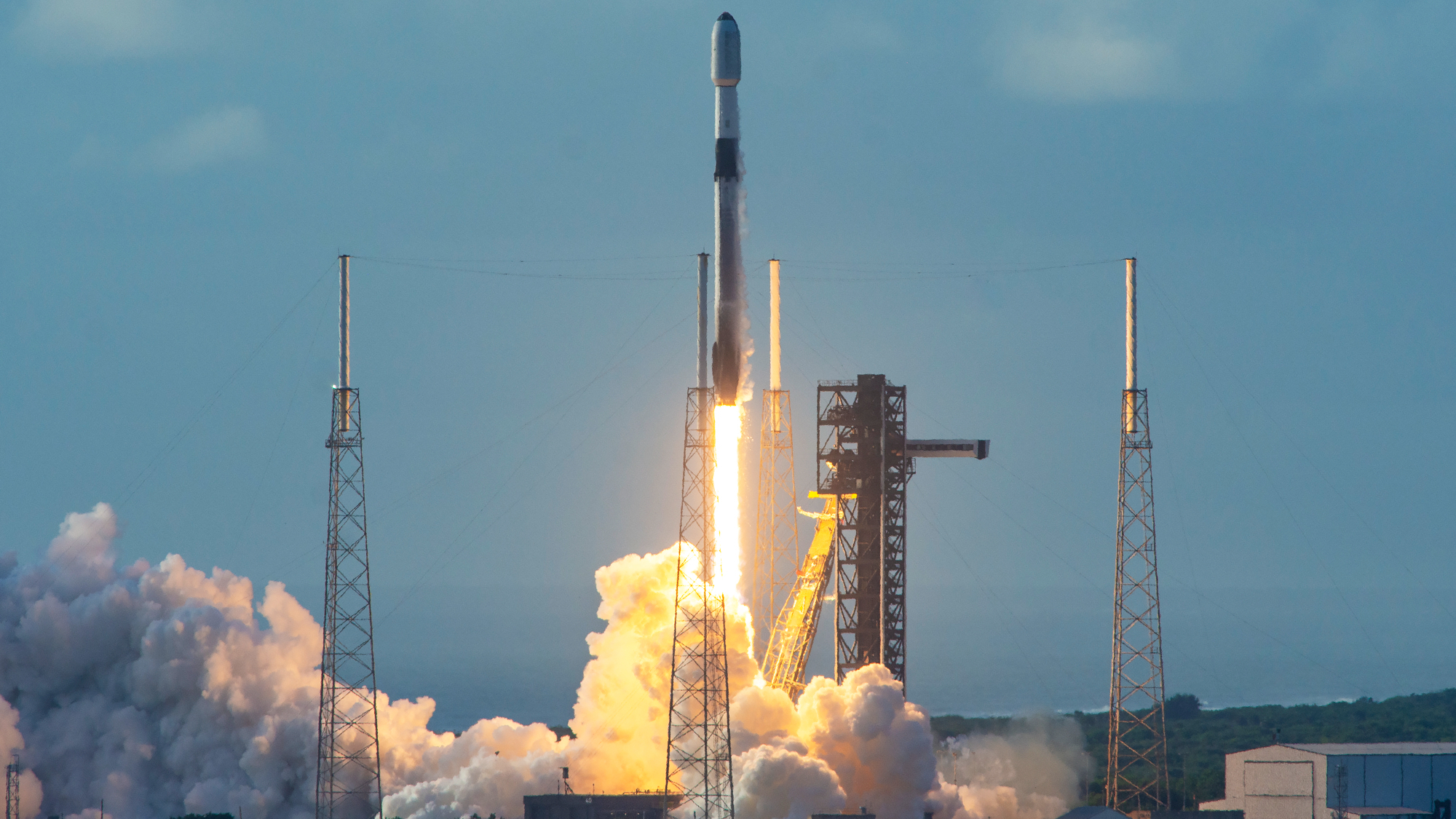Mars Moons Phobos and Deimos Photographed Together
TheMartian moons Phobos and Deimos have been photographed in the same frame forthe first time.
TheEuropean Space Agency's Mars Express orbiter snapped a seriesof images of the two diminutive moons on Nov. 5 and released the picturestoday.
Theimages will help researchers refine models of the two moons' orbits, but mostlythey're just cool results of a year-long effort to get the timing right.
Phobos,the larger of the two moons, is shaped something like a potato. It is 16 mileslong (27 km). Phobos orbits Mars in an almost circular equatorial orbit at adistance of 3,728 miles (6000 km). It circles Mars every 7 hours and 39minutes, traveling faster relative to Mars than does Earth's moon relative toour planet.
Phobos? found last year to be more like a pileof rubble than a solid object ? is moving closer to Mars at a rate of 6feet (1.8 meters) every 100 years. In about 50 million years, the moon willcrash into Mars.
Deimos,too, is not spherical. It has an average diameter of 8 miles (13 kilometers). Itorbits Mars at a distance of roughly 12,427 miles (20,000 km). On the surfaceof Deimos, the acceleration of gravity is less than 0.1 percent that of Earth.But like Phobos, Deimos has been able to develop landforms, like craters andrims, similar to those found on larger objects.
Phoboswas 7,332 miles (11,800 km) from Mars Express when the images were taken.Deimos was 16,280 miles (26,200 km) away.
Breaking space news, the latest updates on rocket launches, skywatching events and more!
Scientistsaren't sure about the originsof these moons. They might be captured asteroids, or perhaps they areleftovers from the formation of Mars, or they might be fragments of Mars,blasted out by the impact of a giant asteroid or comet.
- Video - Two Moons of Mars Seen Together
- Mars in 3D: Images from Mars Express
- More Facts About Phobos and Deimos
Join our Space Forums to keep talking space on the latest missions, night sky and more! And if you have a news tip, correction or comment, let us know at: community@space.com.

Space.com is the premier source of space exploration, innovation and astronomy news, chronicling (and celebrating) humanity's ongoing expansion across the final frontier. Originally founded in 1999, Space.com is, and always has been, the passion of writers and editors who are space fans and also trained journalists. Our current news team consists of Editor-in-Chief Tariq Malik; Editor Hanneke Weitering, Senior Space Writer Mike Wall; Senior Writer Meghan Bartels; Senior Writer Chelsea Gohd, Senior Writer Tereza Pultarova and Staff Writer Alexander Cox, focusing on e-commerce. Senior Producer Steve Spaleta oversees our space videos, with Diana Whitcroft as our Social Media Editor.
